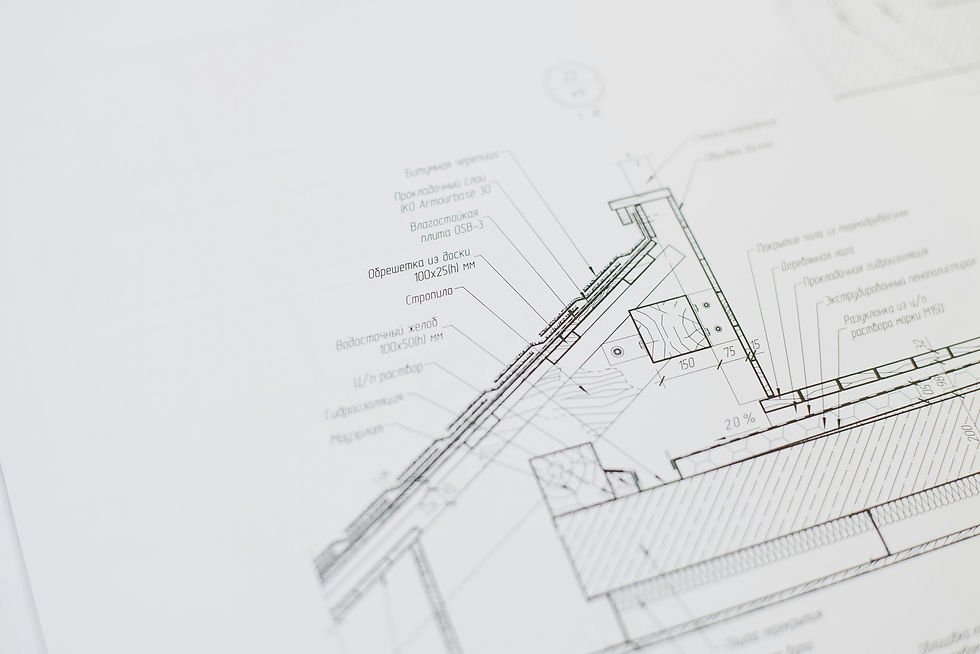From Confused to Confident: Civil Engineering Assignment Help
- imrankhandigital64
- Sep 12
- 2 min read

Assignments can often feel like a mountain too steep to climb, especially in a challenging field like civil engineering. But what if there was a way to transform that confusion into confidence? With the right approach and support, you can tackle your assignments with clarity and precision. Here’s a step-by-step guide to help you navigate your civil engineering tasks successfully.
1. Understand the Assignment Requirements
The first step toward confidence is understanding exactly what your assignment demands. Read the instructions carefully and highlight key points. Ask yourself: What is the core problem? Are there specific formats or calculations required? Taking time to grasp the requirements sets a strong foundation for your work and prevents unnecessary mistakes later.
2. Break Down the Assignment
Once you understand the requirements, break the assignment into smaller, manageable parts. For instance, if your task involves designing a bridge, separate it into sections like load calculations, material selection, and structural analysis. This approach makes even complex assignments less overwhelming and helps you focus on one step at a time.
3. Gather Reliable Resources
Reliable resources are the backbone of any strong assignment. Use textbooks, academic journals, and reputable online sources to gather information. Avoid vague internet articles that may mislead you. Keep your notes organized so you can easily reference them as you progress.
4. Apply Practical Knowledge
Civil engineering is not just about theory—it’s about applying practical knowledge. Use real-world examples, case studies, and engineering principles to strengthen your work. Demonstrating how concepts work in practice not only improves the quality of your assignment but also showcases your understanding to your instructors.
5. Manage Your Time Effectively
Time management is key to avoiding last-minute stress. Create a schedule with mini-deadlines for each section of your assignment. Prioritize tasks based on complexity and allocate buffer time for unexpected challenges. Sticking to a well-planned timeline ensures you complete your work efficiently without compromising quality.
6. Review and Refine
Once your assignment is drafted, don’t rush to submit it. Review your work carefully, check calculations, verify references, and ensure your formatting meets the guidelines. Refining your assignment helps eliminate errors and enhances clarity. A polished submission reflects confidence and attention to detail.
Additional Tips
Collaborate with peers to discuss challenging topics—sometimes a different perspective makes all the difference.
Stay updated on the latest civil engineering trends and technologies, as they can provide useful insights for your assignments.
Maintain a balanced routine; proper rest and breaks can improve focus and productivity.
Conclusion
Transforming confusion into confidence in civil engineering assignments is entirely possible with a structured approach. By understanding requirements, breaking tasks into parts, using reliable resources, applying practical knowledge, and managing your time effectively, you can tackle any assignment with ease. Remember, when in doubt, don’t hesitate to seek professional civil engineering assignment help. With the right guidance, support, and strategies, you can not only complete your assignments but also excel in your civil engineering journey.



Comments